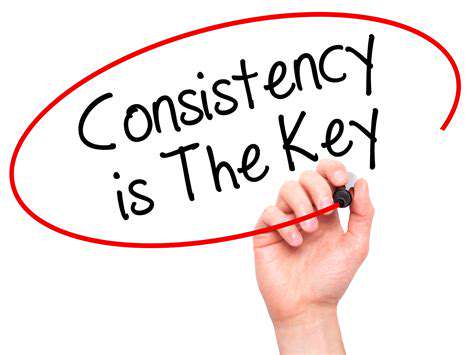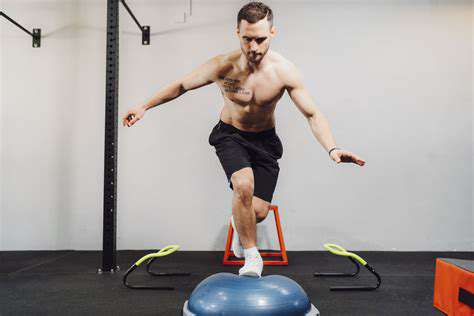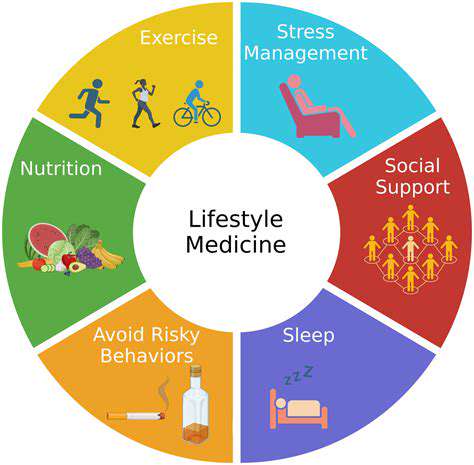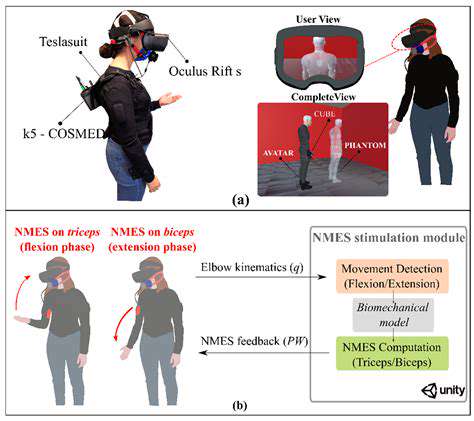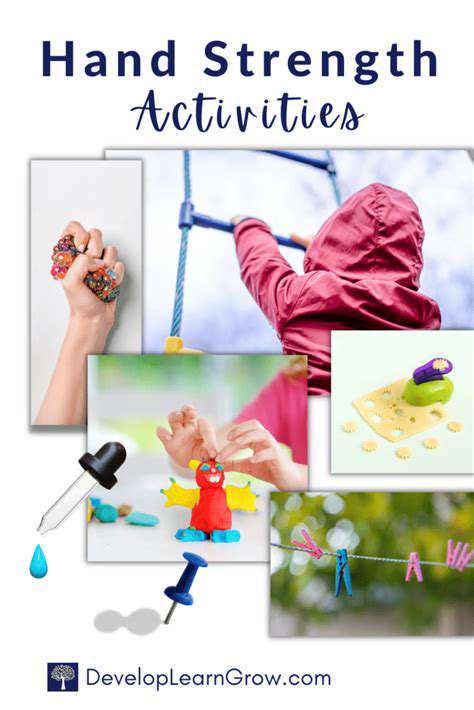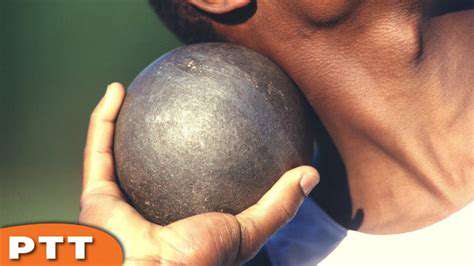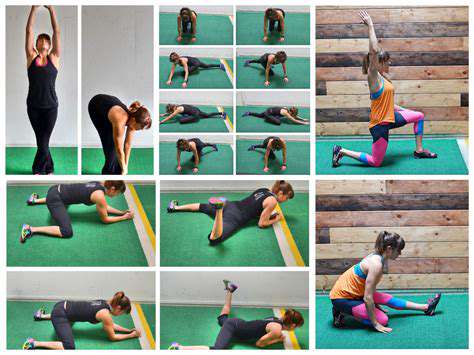Finger Agility Drills for Peak Performance
The Importance of Finger Agility in Various Fields
Finger Agility in Musicianship
Exceptional finger agility is paramount for musicians, especially those who play instruments demanding quick and accurate movements. Take pianists, for instance—they rely on lightning-fast finger dexterity to navigate complex passages and intricate melodies. This agility enables seamless transitions between notes, dynamic control, and the overall expressiveness of the music. Regular practice of finger exercises and scales strengthens the muscles and tendons, enhancing coordination and responsiveness. The ability to execute notes with precision and speed is indispensable for delivering a polished and captivating performance.
Guitarists, violinists, and other instrumentalists also depend heavily on finger agility. Swiftly switching between strings, fretting notes, or shifting positions is essential for playing intricate riffs, solos, and compositions. Consistent practice of techniques like finger stretches and targeted exercises builds muscle memory and sharpens dexterity, leading to improved performance and a more rewarding musical experience.
Finger Agility in Sports
Though not always obvious, finger agility plays a critical role in many sports, particularly those requiring hand-eye coordination and precision. In archery, for example, steady finger dexterity is essential for holding the bow firmly and releasing the arrow with pinpoint accuracy. The ability to manipulate the bowstring and arrow with finesse and speed directly influences the shot's outcome. Similarly, sports like darts and billiards demand nimble fingers to control throws or cues, ensuring consistent and accurate results.
Even in sports where finger manipulation isn't overt, underlying dexterity remains vital. Precise grip strength and control are crucial for tennis, racquetball, and baseball. The right balance of force and control when gripping a racquet, bat, or ball—combined with quick reactions to the ball's trajectory—elevates overall performance. This agility empowers athletes to deliver powerful swings, deft returns, and precise catches.
Finger Agility in Everyday Tasks
Beyond specialized fields, finger agility significantly impacts daily life, influencing productivity and comfort. Typing or using a smartphone requires rapid, precise finger movements to navigate apps, send messages, and input text. The ability to type quickly and accurately boosts workplace efficiency and streamlines communication. Strong finger muscles also make these tasks less fatiguing and more comfortable.
Activities like sewing, knitting, or playing musical instruments demand considerable hand-eye coordination and finger dexterity. Manipulating small objects, threading needles, or executing intricate stitches with precision is essential for success. These routine tasks underscore the importance of finger agility in enhancing comfort, efficiency, and overall well-being.
Finger Agility in the Workplace
In many professions, finger dexterity is a valuable skill, directly affecting productivity, accuracy, and efficiency. Data entry clerks, typists, and office workers rely on nimble fingers to input information swiftly and accurately. This efficiency reduces errors and speeds up processing, leading to smoother workflows. Precise finger movements are equally vital for assembling small components, performing delicate repairs, or operating complex machinery.
In trades like carpentry, jewelry making, or watch repair, finger dexterity enables precision when handling small tools and materials. The ability to perform delicate tasks with accuracy and speed is key to crafting high-quality products and delivering exceptional service. In these roles, finger agility is directly tied to the quality and efficiency of the final output.
Fundamental Finger Agility Drills
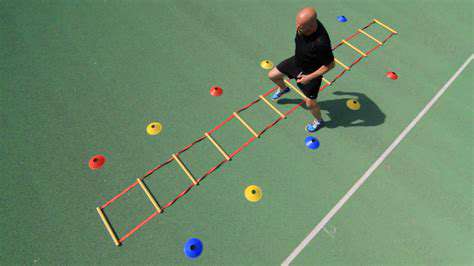
Finger Independence
Developing finger independence is essential for musicians at all levels. It involves moving each finger individually and precisely without affecting others—a must for playing complex passages smoothly. Exercises like scales with isolated finger articulation are key to building this skill.
Regular finger independence drills strengthen individual finger muscles, leading to a more fluid and precise technique. Incorporate scales, arpeggios, and targeted exercises into your routine to master intricate pieces with ease.
Finger Strength and Endurance
Building finger strength and endurance is crucial for sustained performance. Weak fingers lead to fatigue, causing inaccuracies and declining quality. Exercises like repetitive stretches and controlled presses strengthen muscles and tendons, improving stamina—especially for fast or lengthy passages.
Consistent practice is the cornerstone of finger strength development. Gradually increase exercise difficulty and duration to enhance stamina and play longer without fatigue.
Finger Flexibility and Coordination
Flexibility enables smooth transitions between notes and chords, enriching musical expression. Stretches and controlled movements across the keyboard are vital for developing this skill.
Improved flexibility leads to a more nuanced and expressive performance. Regular practice of these exercises refines control and mastery of intricate passages.
Flexibility and coordination require dedicated practice and targeted exercises. This combination fosters precision, fluidity, and expressiveness in playing.
Maintaining and Progressing with Your Finger Agility Routine
Warm-up Exercises
Warming up your fingers is critical to prevent injuries and optimize performance. Start with gentle movements like finger circles, wrist rotations, and light stretches to increase blood flow and flexibility. Focus on control, not speed, to prepare muscles for more demanding drills.
Consistent warm-ups become second nature, ensuring your fingers are primed for agility training.
Core Agility Drills
Core drills target muscles responsible for dexterity and speed. Examples include tapping patterns, alternating finger movements, and rapid position transitions. Prioritize accuracy and speed, gradually increasing complexity as skills improve.
Regular practice is non-negotiable for mastering these drills. Over time, your fingers will adapt, becoming more responsive and agile.
Progression and Variation
Avoid plateaus by introducing new challenges. Increase drill complexity, speed, or sequencing to push your limits. Progressive overload ensures continuous improvement, while variety engages muscles differently for well-rounded development.
Listen to your body and incorporate rest days to prevent overuse injuries.
Cool-down and Recovery
Post-drill cool-downs reduce muscle soreness and aid recovery. Gentle stretches and light exercises relax finger and hand muscles. Prioritize rest, nutrition, and hydration to support recovery and maintain peak performance.
Recovery is as important as training—never skip it.
